As you all know, Blackmagic RAW (BRAW) is the hot new codec in town created by Blackmagic Design. We have written an in-depth article about BRAW, ProRes and CDNG which you can read here. Moreover, filmmaker James Cooperider has put together a short and educational video comparing CDNG to BRAW. Let’s have a look at the insights taken from this.
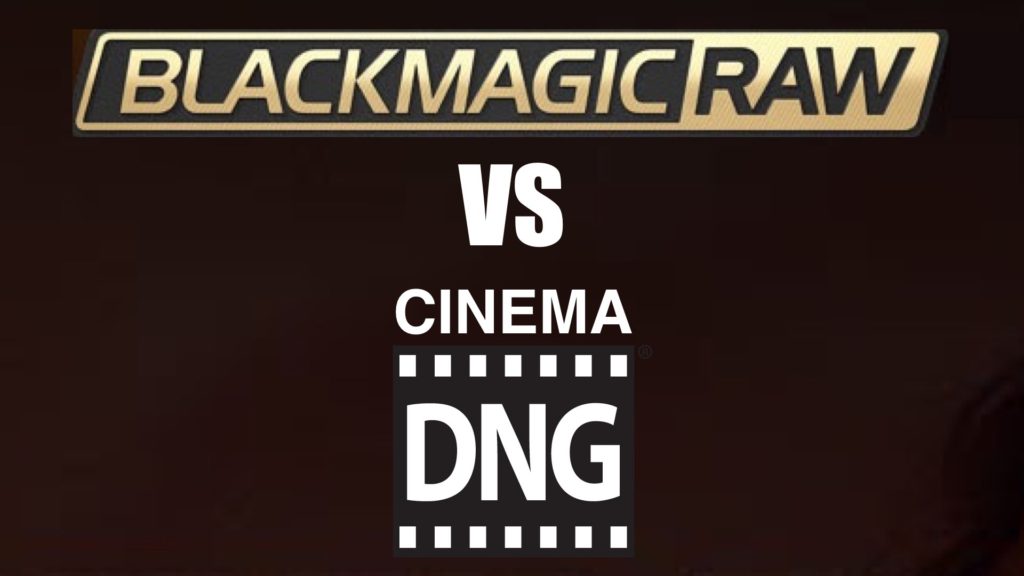
CDNG vs BRAW: significant bitrate difference
First thing, James emphasizes that the good and old CDNG has very high bitrate that has exceeded any quality to size ratio (500 MB/Sec). Just to clarify, 8K r3d 12:1 is about 250 MB/Sec (half than CDNG). The reason for that is that CDNG is not a video codec, but a sequence of stills. It’s important to note that we are talking about URSA Mini Pro 4.6 output as a reference.
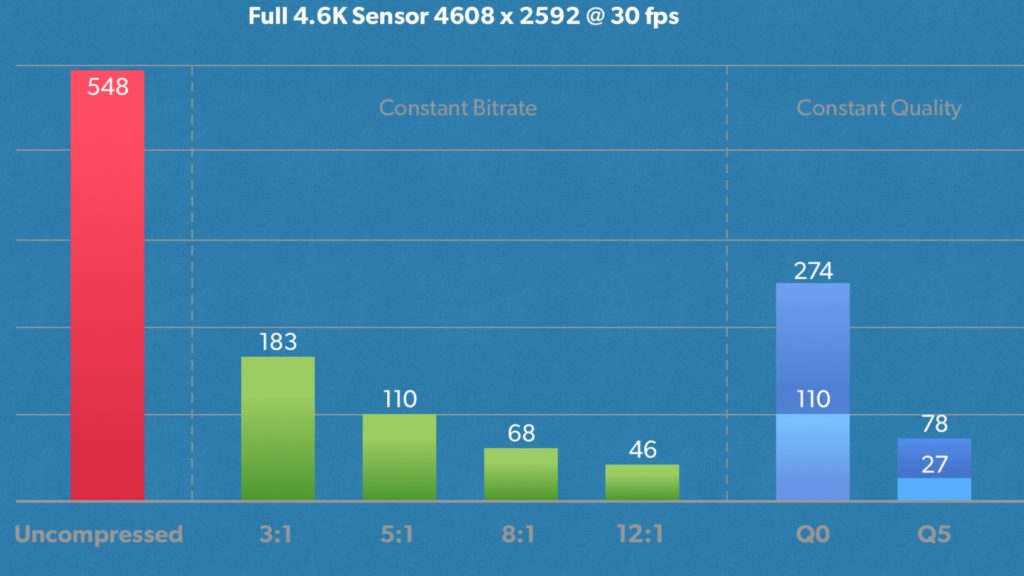
[bctt tweet=”Just to clarify, 8K r3d 12:1 is about 250 MB/Sec (half than CDNG)” username=””]
BRAW on that other hand, is a very bitrate friendly. You actually get 12 bit RAW in a ProRes HQ bitrate
For reference, the 3:1 (minimum compression) is around 120 Mb/sec (equivalent to 10 bit codec).
BRAWs, contrary to CDNGs, are not still sequence, but a video codec that moves part of the de-mosaic processing from the computer’s CPU into the camera itself, resulting in efficient encoding for high performance RAW experience. With Blackmagic RAW, you get the same quality, bit depth, dynamic range and controls as RAW, with better performance and even smaller file sizes than traditional video codecs, especially CNDG. Refer here to read more about BRAW.
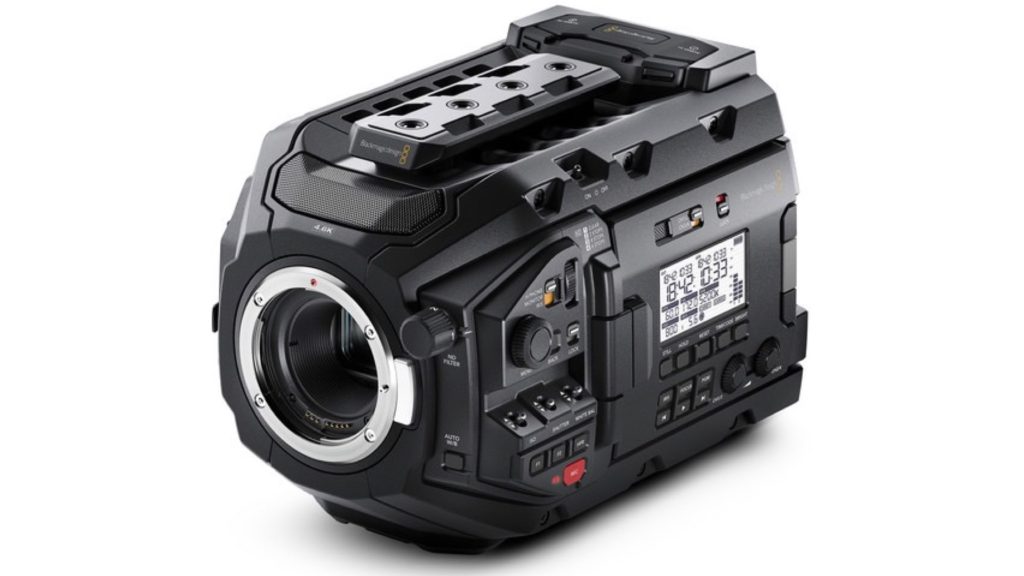
CDNG and BRAW: post processes
Generally speaking, Blackmagic RAW is much more preferable than CinemaDNG. Filmmakers that have worked with CinemaDNG know exactly how much this codec is complex from post production point of view, because you need to stitch those stills together (DV Resolve does that automatically).
[bctt tweet=”Filmmakers that have worked with CinemaDNG know exactly how much this codec is complex from post production point of view” username=””]
CDNG vs BRAW: quality comparison
The video focuses on the image quality comparison between CDNG and BRAW. James examined those parameters under various compression rates.
Seems that the CDNG is sharper compared to the BRAW. It’s hard to tell though.
[bctt tweet=”Seems that the CDNG is sharper compared to the BRAW. It’s hard to tell though.” username=””]
Anyway there is no significant changes regarding image quality between those two codecs. Both of them look very good and both of them are RAW in regard to freedom in post.
Watch the video below to explore the whole comparison:
Conclusion
BRAW definitely wins this time. Appears that BRAW is superior to CDNG, not in term of image quality, but in term of post processes facilitation and memory consumption (bitrate wise). The technology behind BRAW is far more advanced than CDNG.
If the URSA Mini Pro 4.6K was out of the equation, the codec has to be compared to REDCODE RAW (r3d).
[bctt tweet=” Appears that BRAW is superior to CDNG” username=””]
So there you go. If you have the option to choose between CDNG or BRAW, choose BRAW.


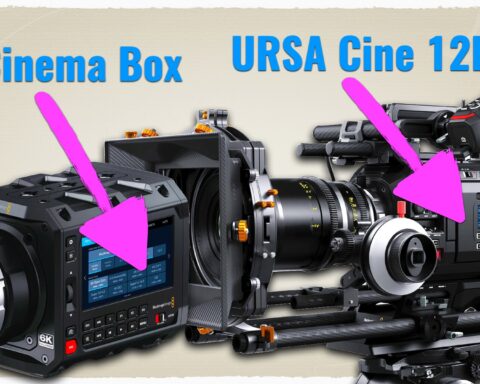
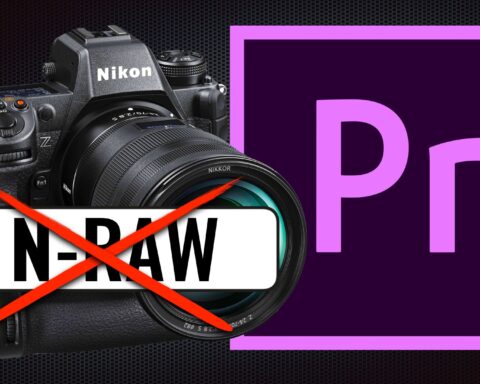
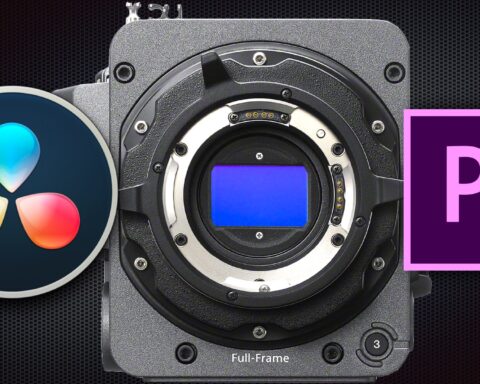
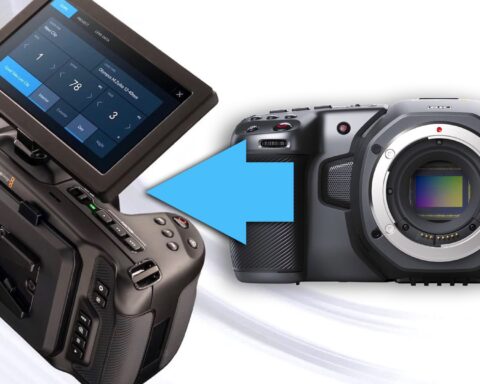
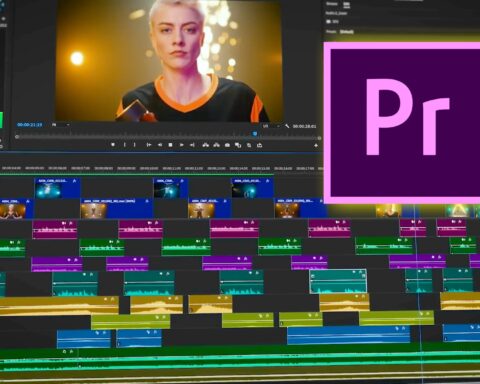
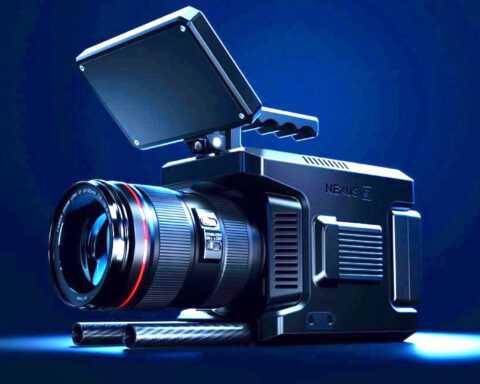

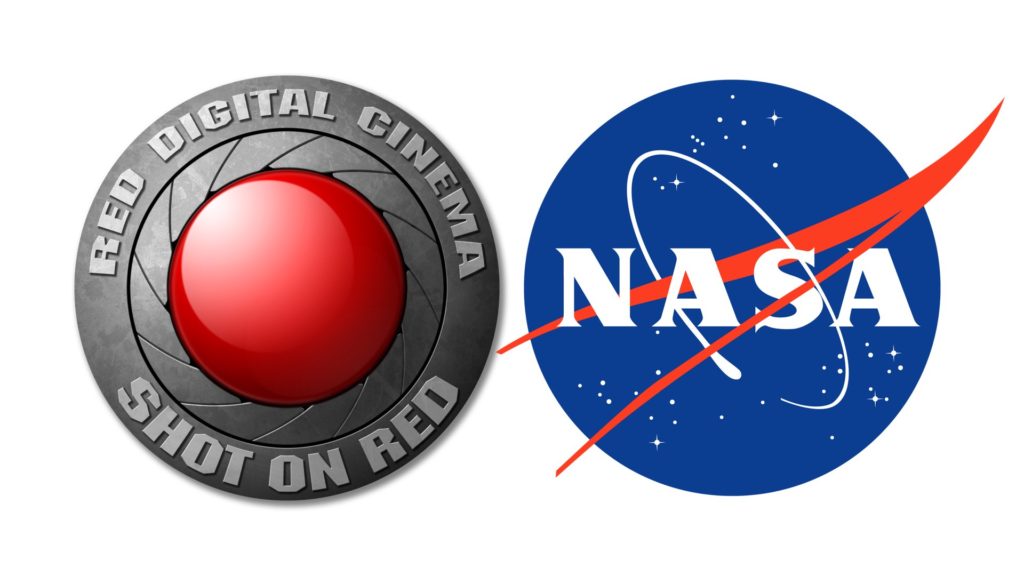
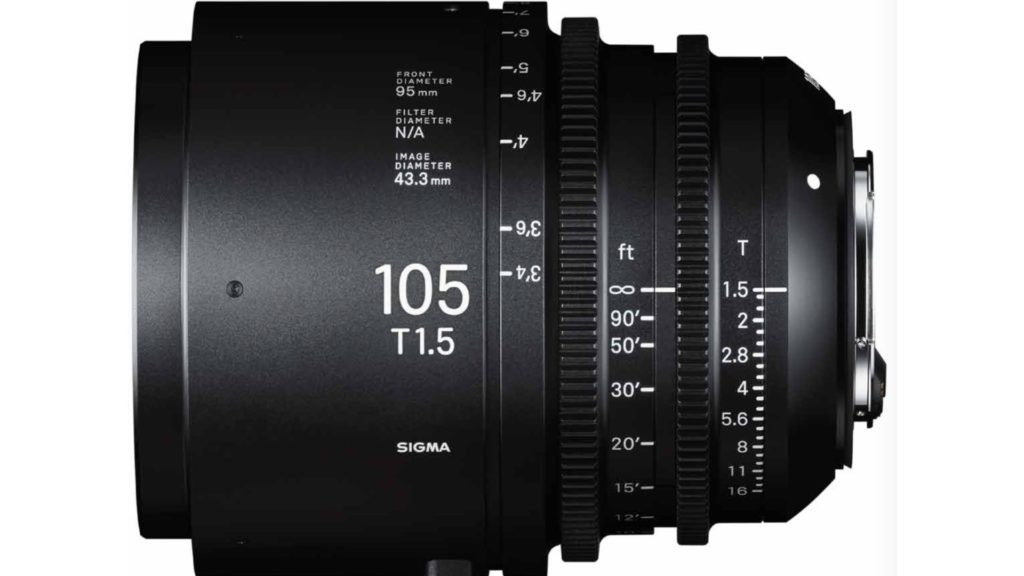
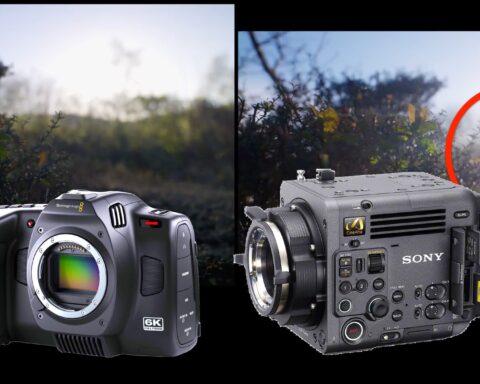
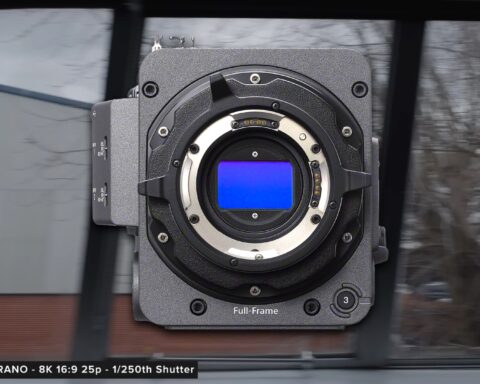
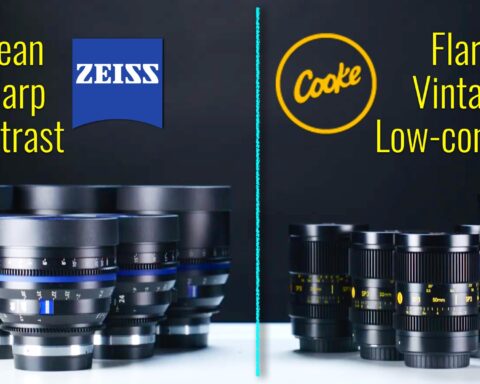
![RED V-Raptor OG vs. [X] vs. ARRI ALEXA 35: Dynamic Range Insights](https://u7s8g8p6.rocketcdn.me/wp-content/uploads/2024/02/red-v-raptor-x-arri-alexa-35-480x384.jpeg)
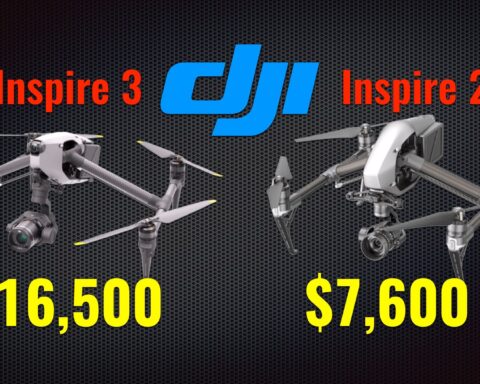
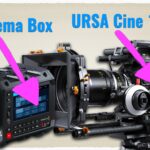
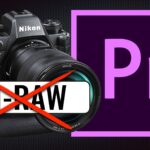
[…] RAW has been in development for years and it’s recognized as a next-generation codec that features multiple new technologies such as an advanced demosaic algorithm, extensive metadata […]
[…] RAW has been in development for years and it’s recognized as a next-generation codec that features multiple new technologies such as an advanced demosaic algorithm, extensive metadata […]
[…] Pocket Cinema 4K outputs BRAW, which is the hot new codec in town created by Blackmagic Design. The BRAW has arrived at the Pocket 4K as well, which is a super […]